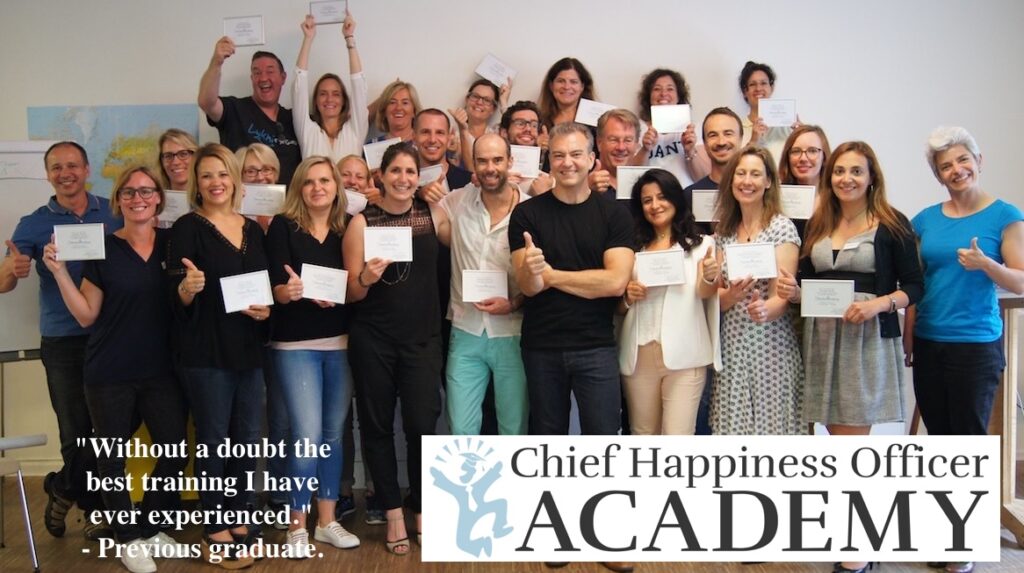The Corporation is a Canadian documentary released last year, which has an interesting premise: Under current law, a corporation is a person. But what kind of person?
Considering the odd legal fiction that deems a corporation a ?person? in the eyes of the law, the feature documentary employs a checklist, based on actual diagnostic criteria of the World Health Organization and DSM IV, the standard tool of psychiatrists and psychologists. What emerges is a disturbing diagnosis.
Self-interested, amoral, callous and deceitful, a corporation?s operational principles make it anti-social. It breaches social and legal standards to get its way even while it mimics the human qualities of empathy, caring and altruism. It suffers no guilt. Diagnosis: the institutional embodiment of laissez-faire capitalism fully meets the diagnostic criteria of a psychopath.
I like the premise, and as Noam Chomsky says in the movie, you must distinguish between the system and the individual. It is perfectly likely, that most individuals in a corporation can be nice, thoughtful, compassionate people, yet the resulting system shows behaviour that is selfish, greedy and short-sighted.
While this behaviour is certainly prevalent in some corporations, I think that more and more organizations are starting to realize, that this way of doing business is not sustainable, and are making positive changes.
I had the pleasure yesterday of visiting the offices of IKEA in Denmark, to interview them for my book on happiness at work. About 8 months ago, they gave their entire check-out staff a 20% pay raise. They did this partly in recognition of the fact that these people have one of the hardest jobs in IKEA while getting the least amount of money, and partly because they think it will make them money in the long run. This is very far from psycopathic behaviour. It shows a creativity and maturity, based on the realization that there is no inherent oppostion between making money and doing good.



